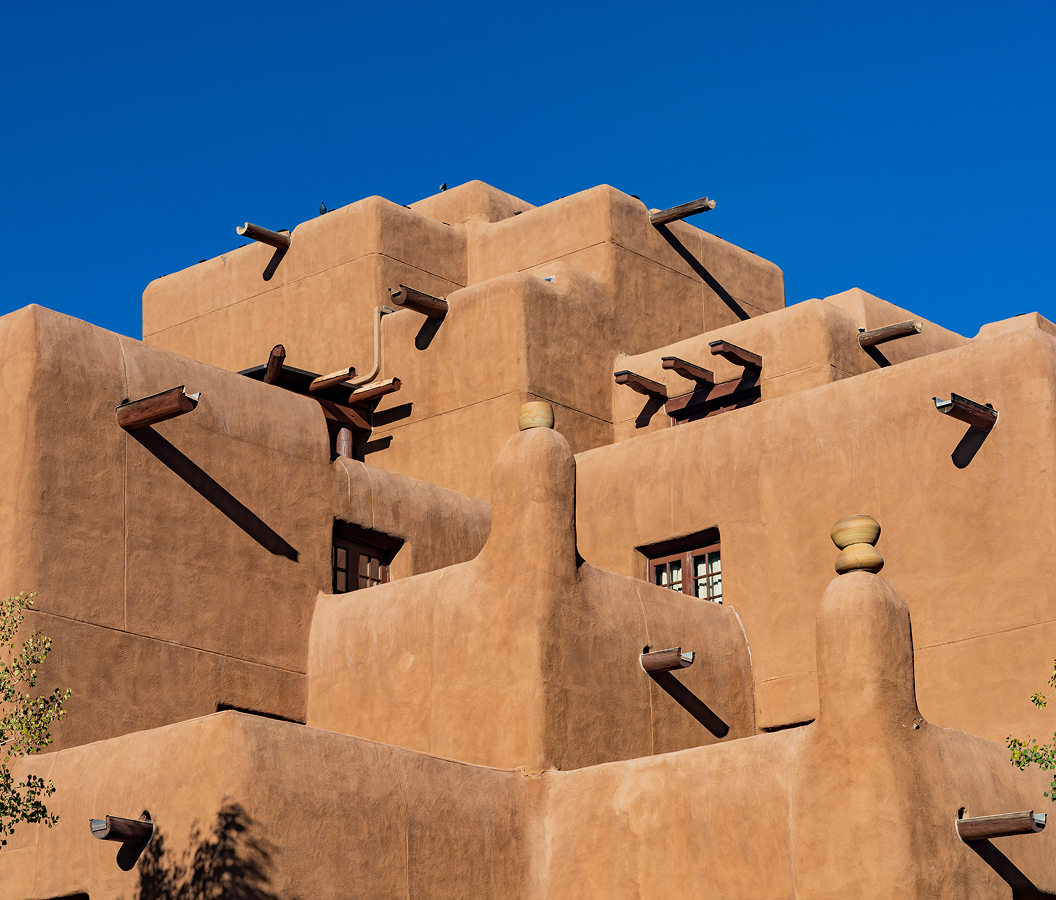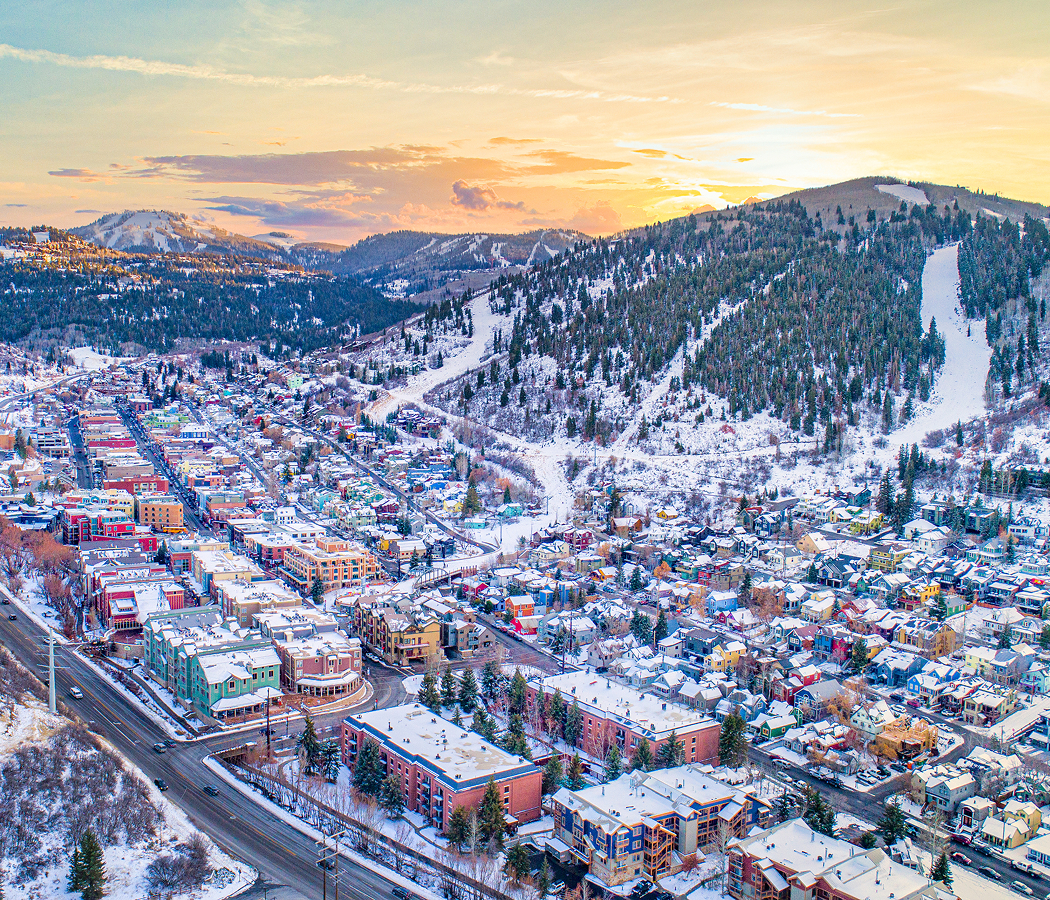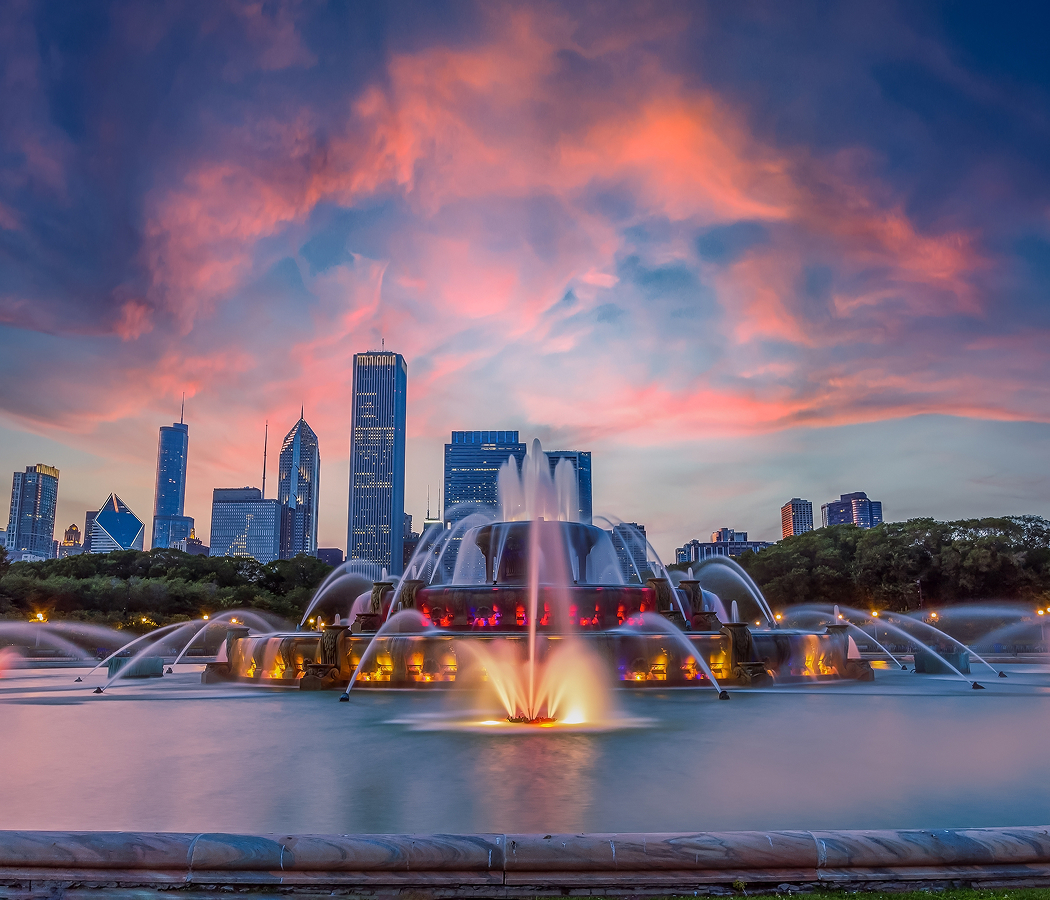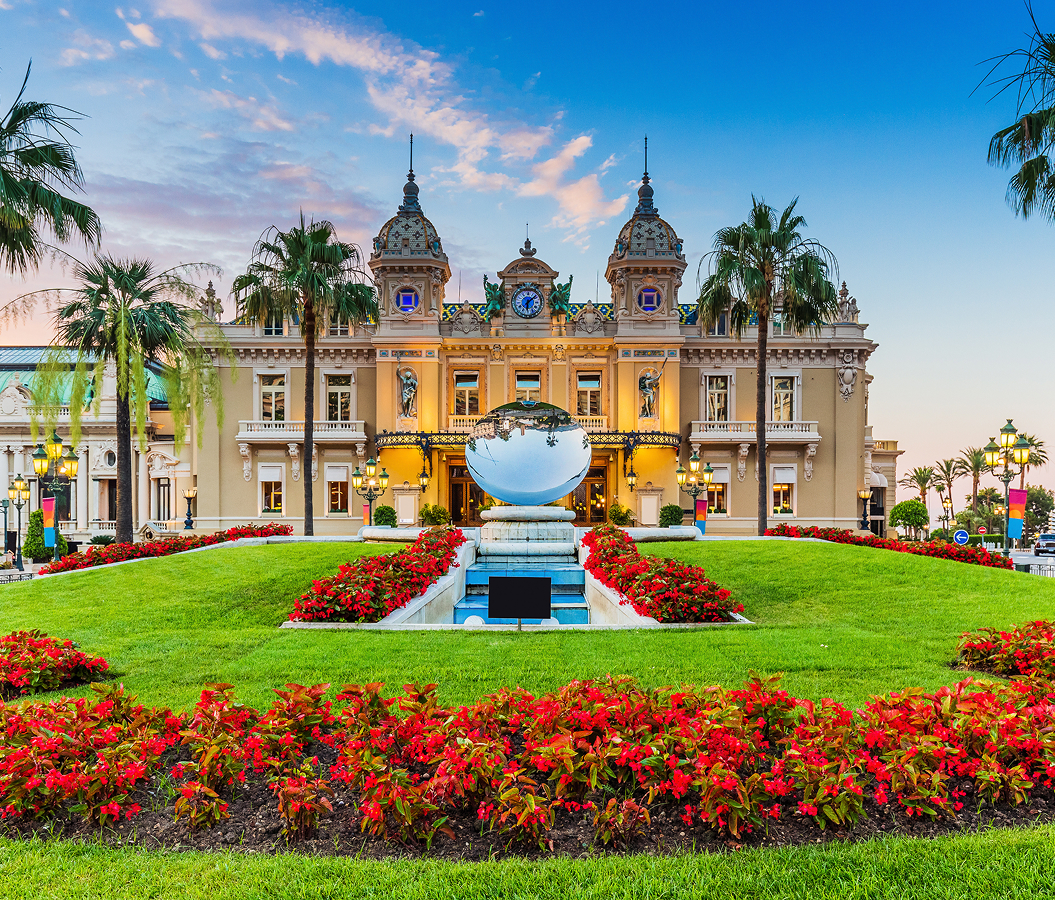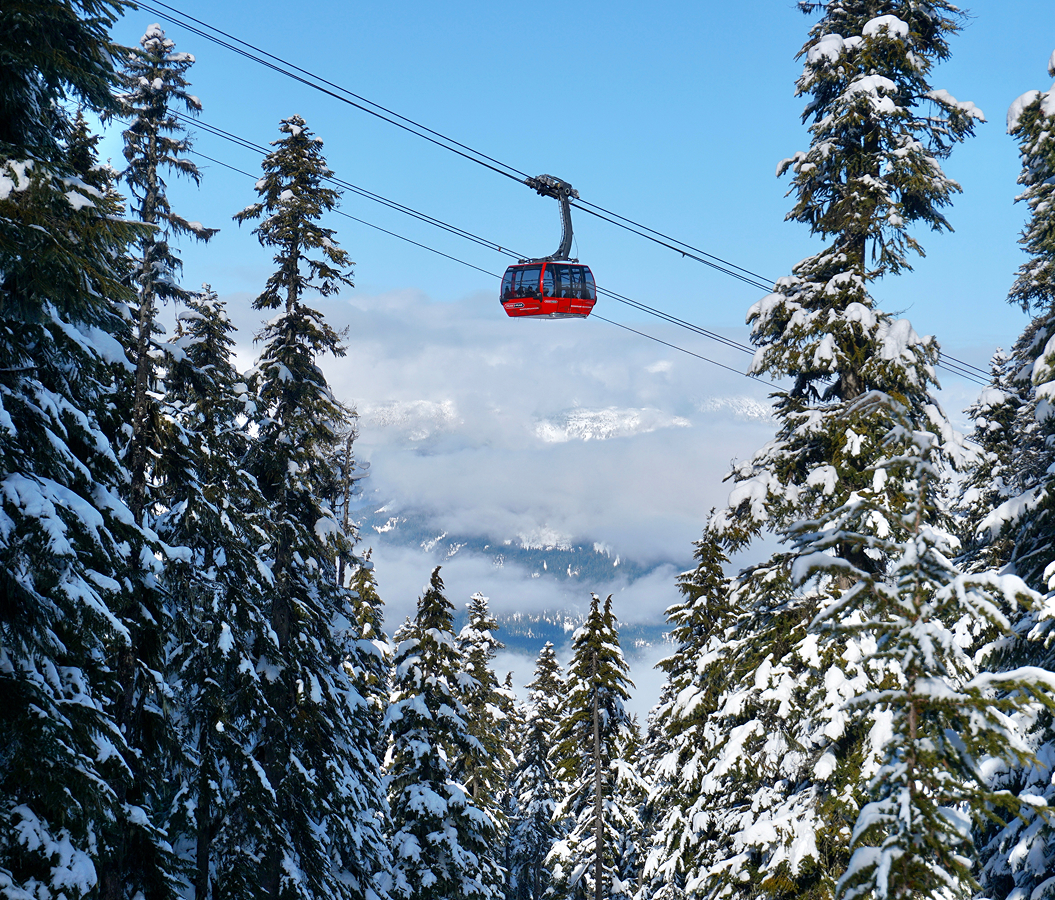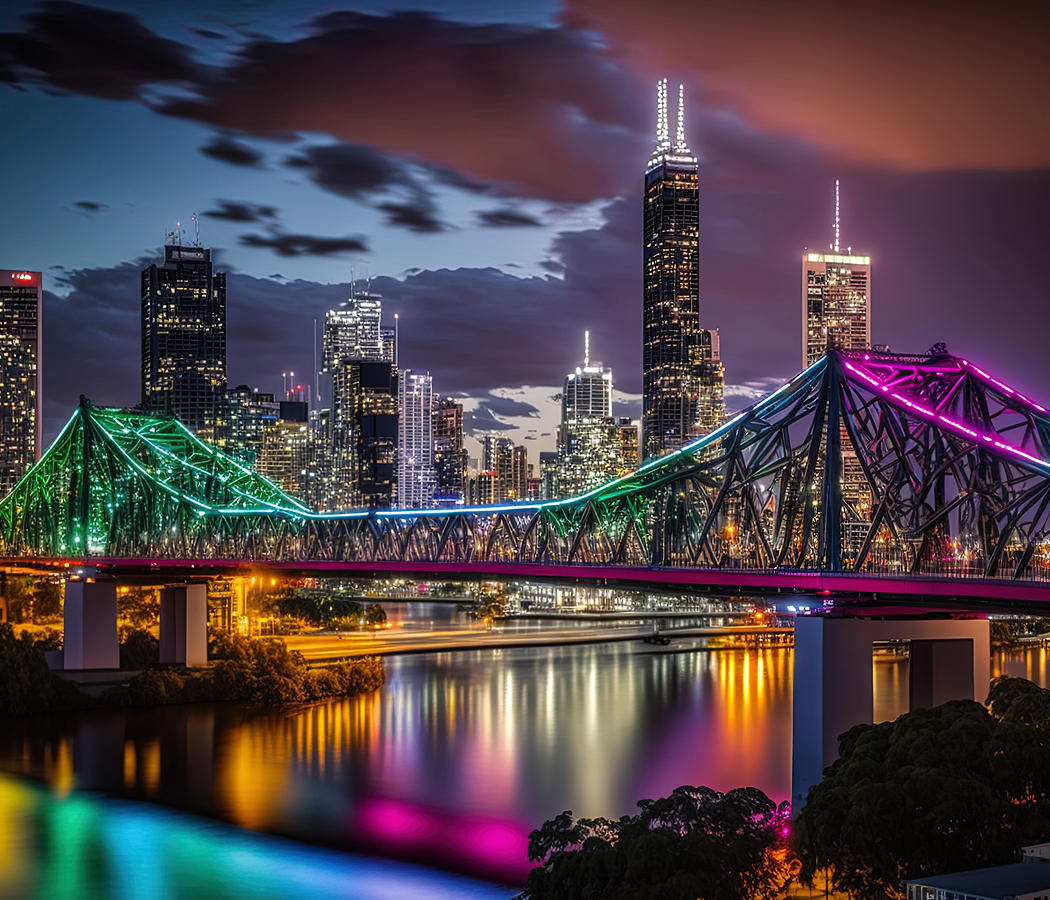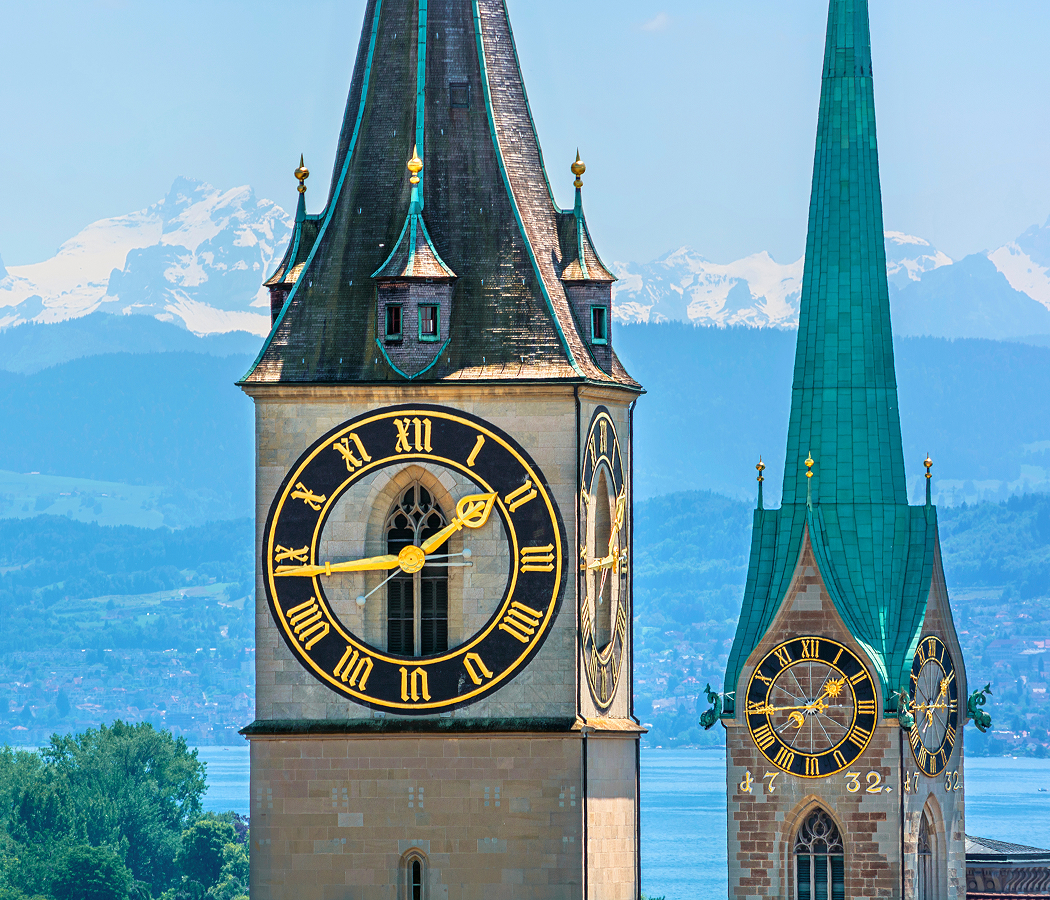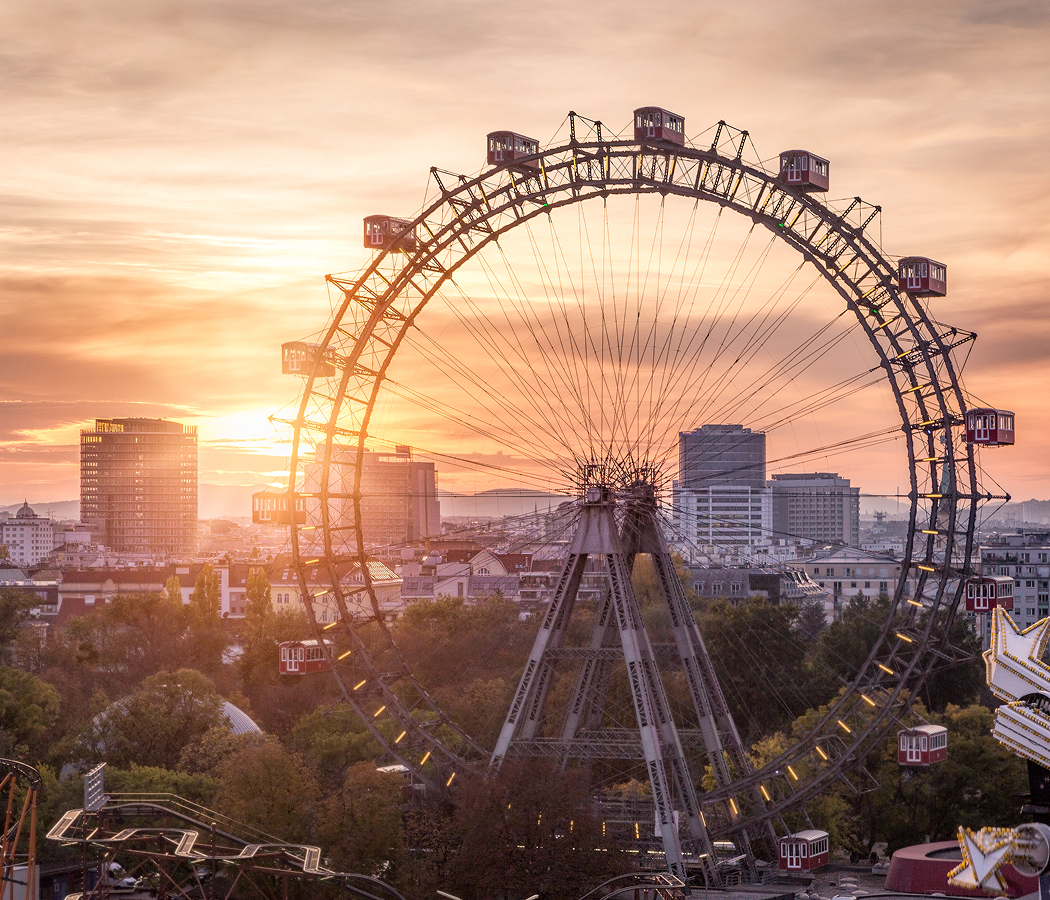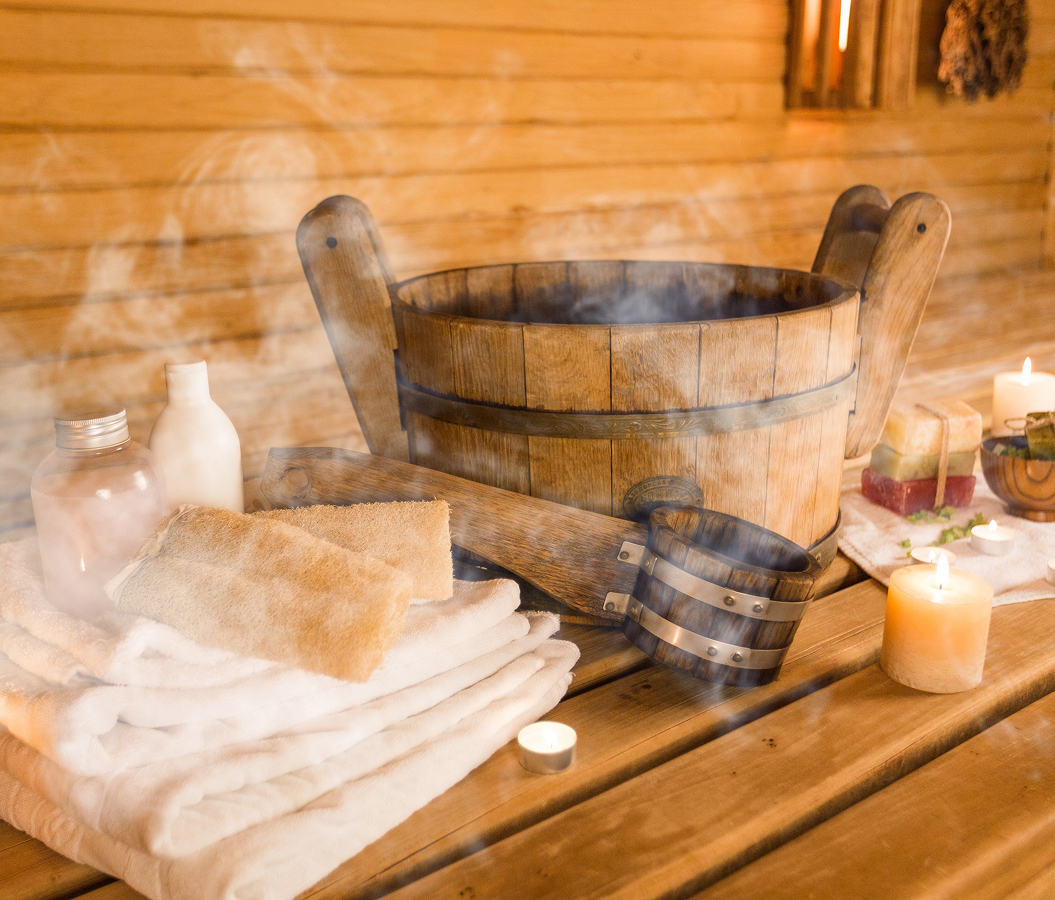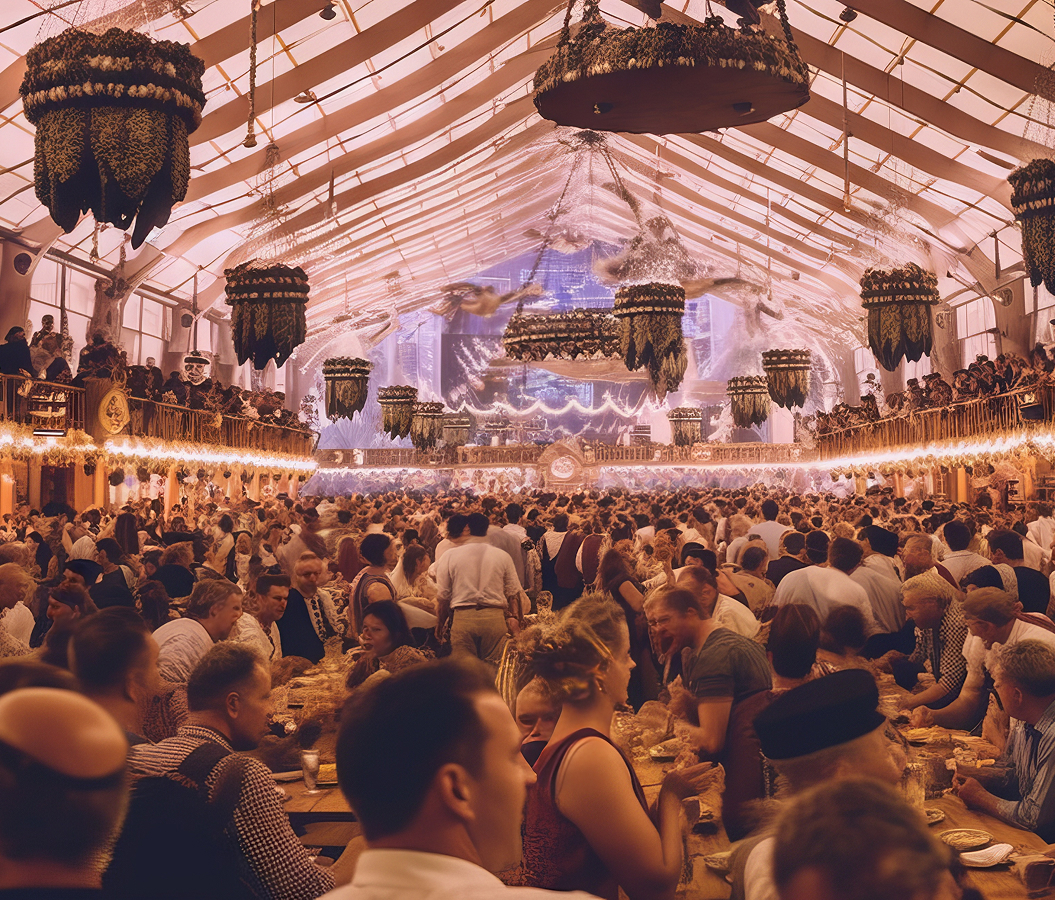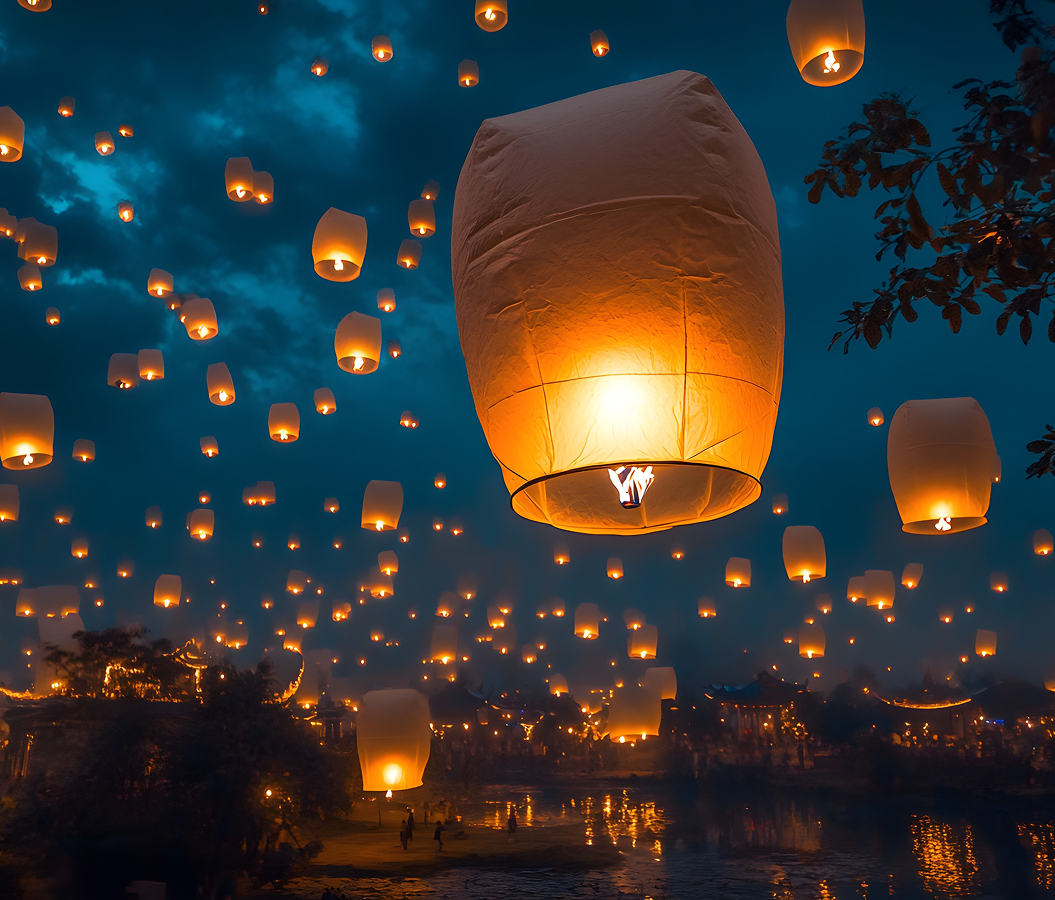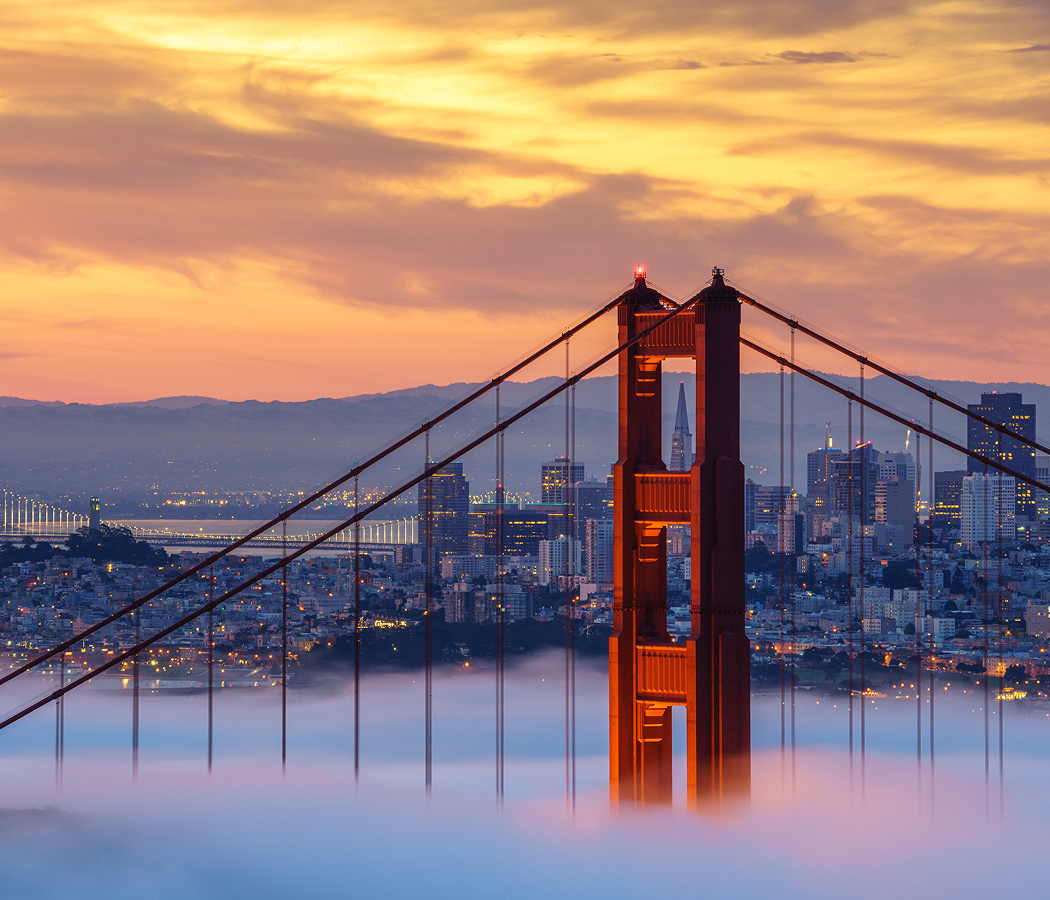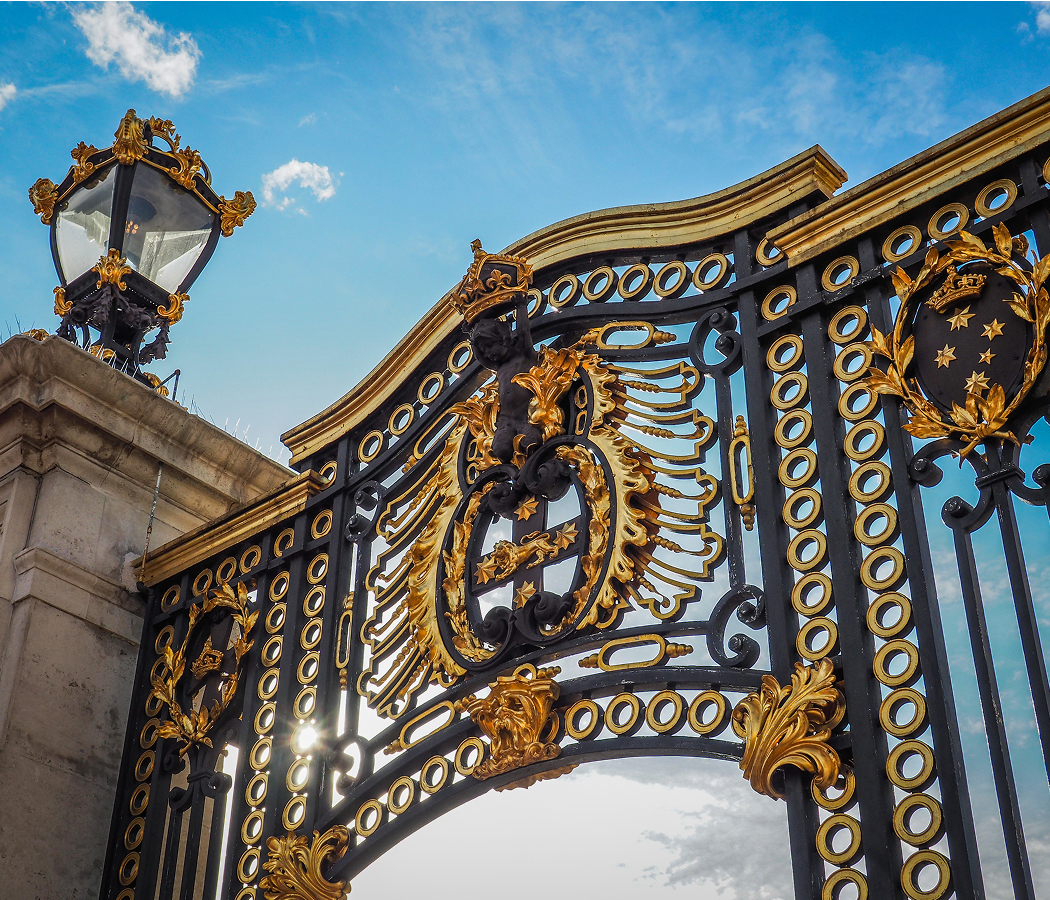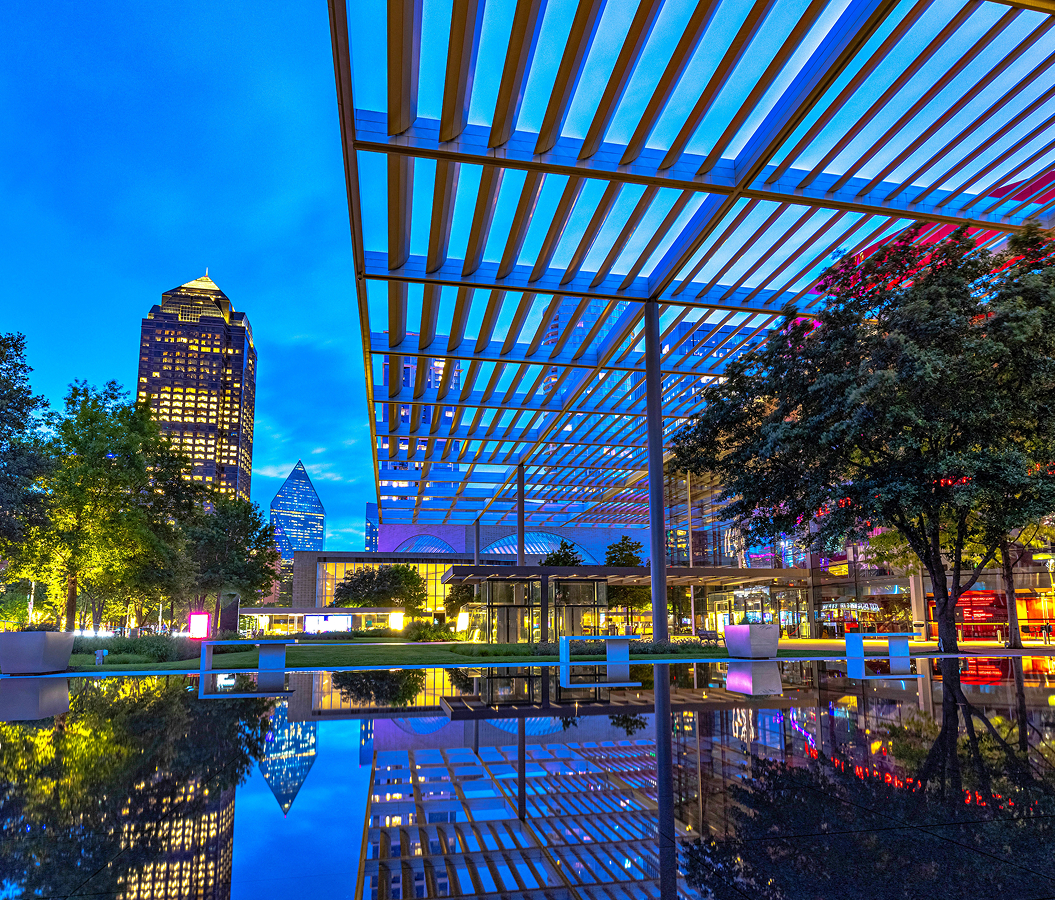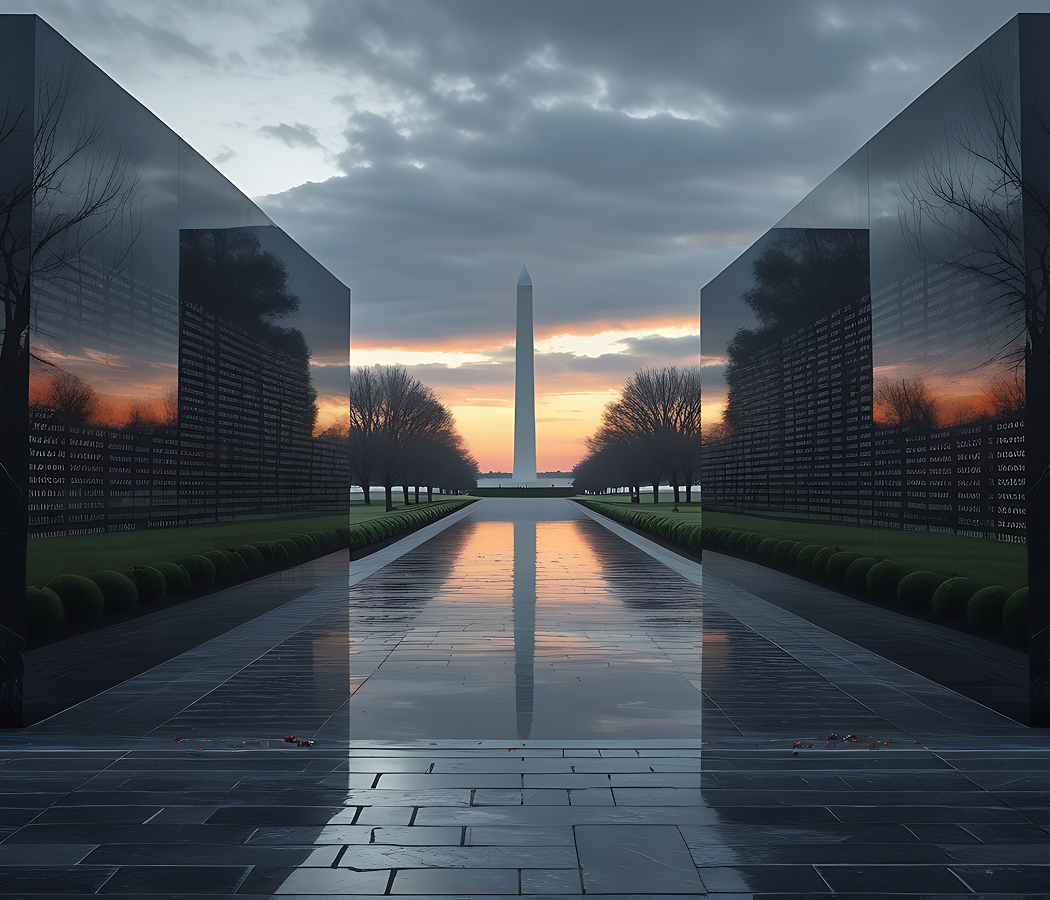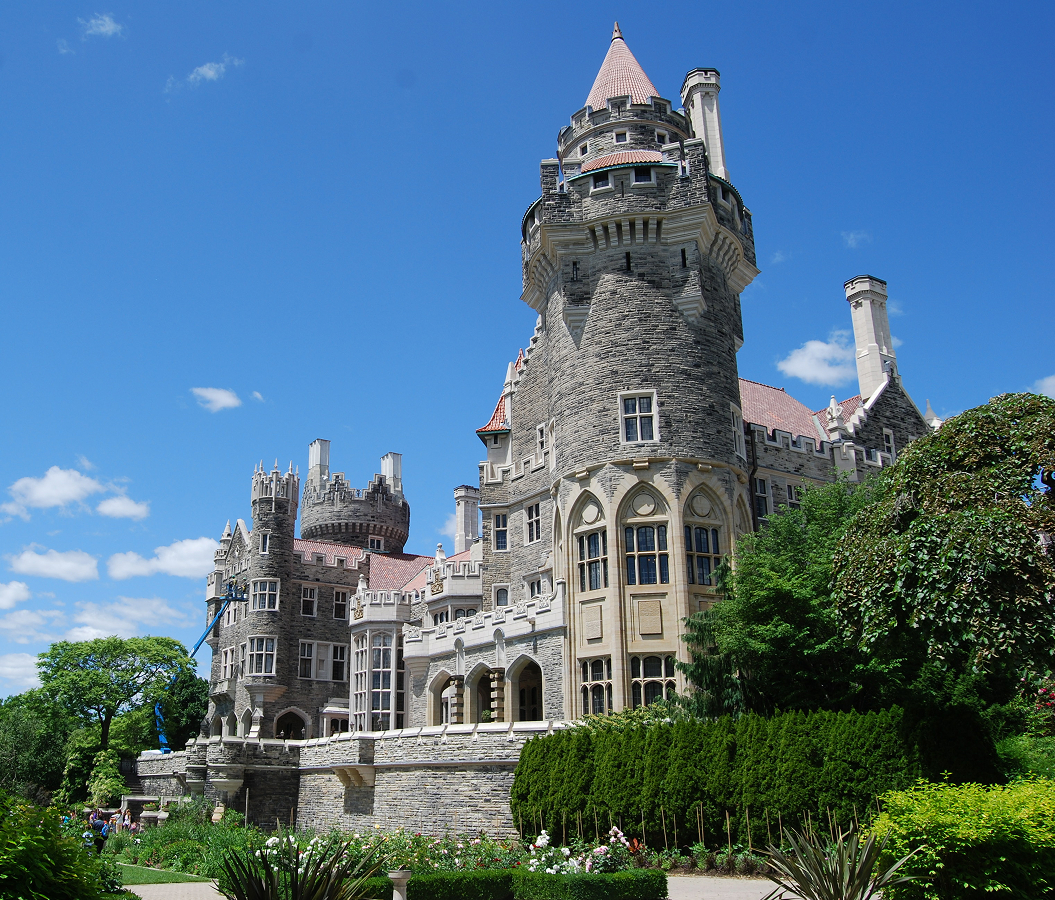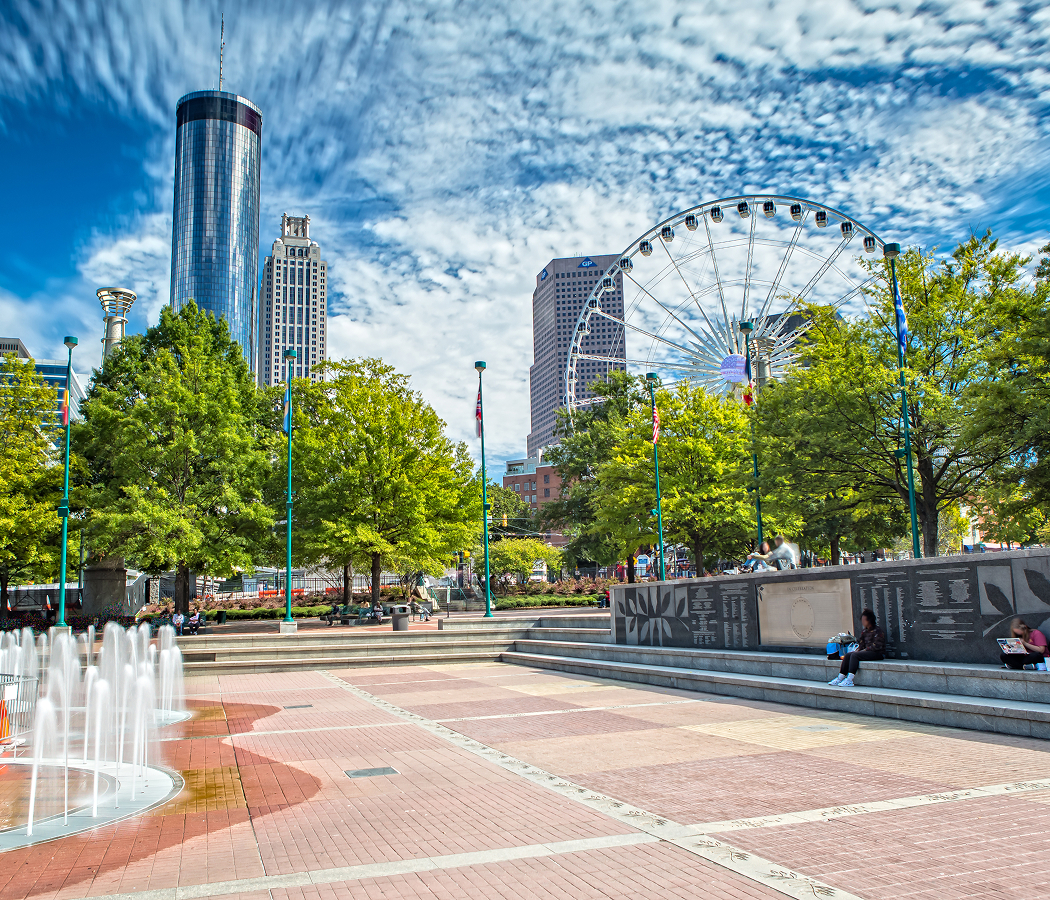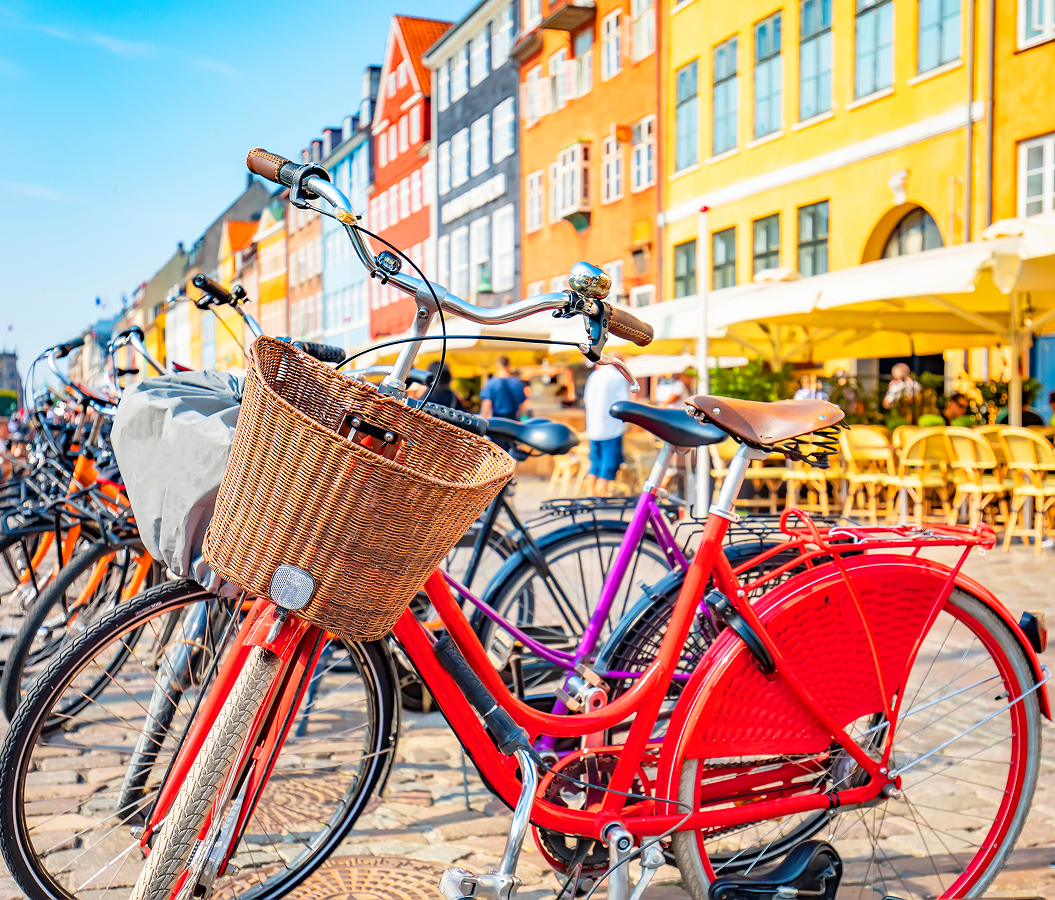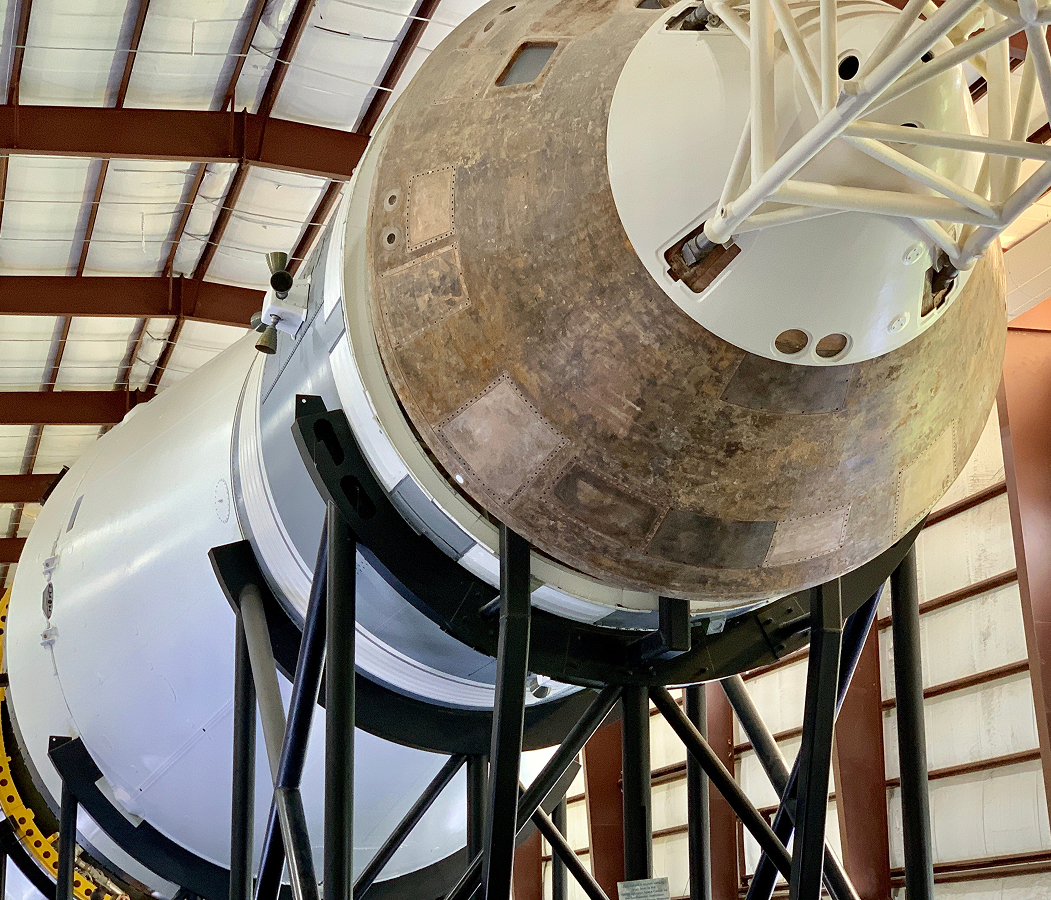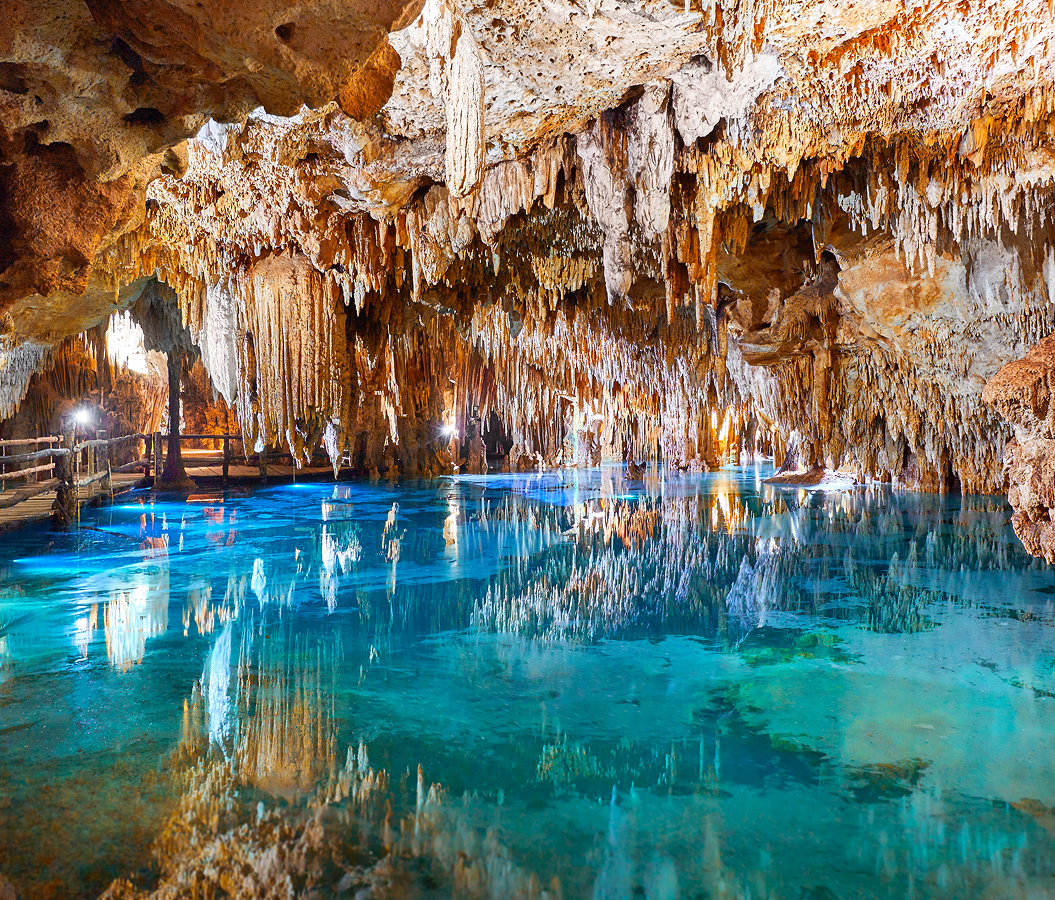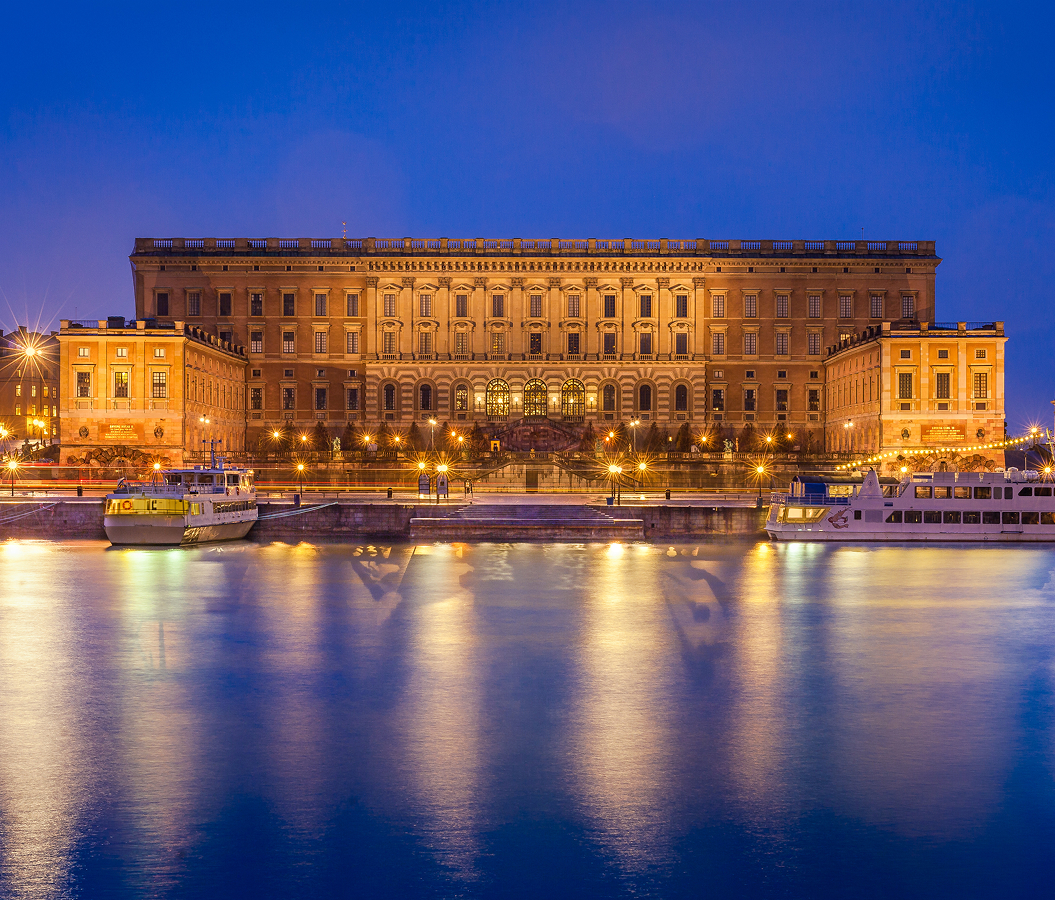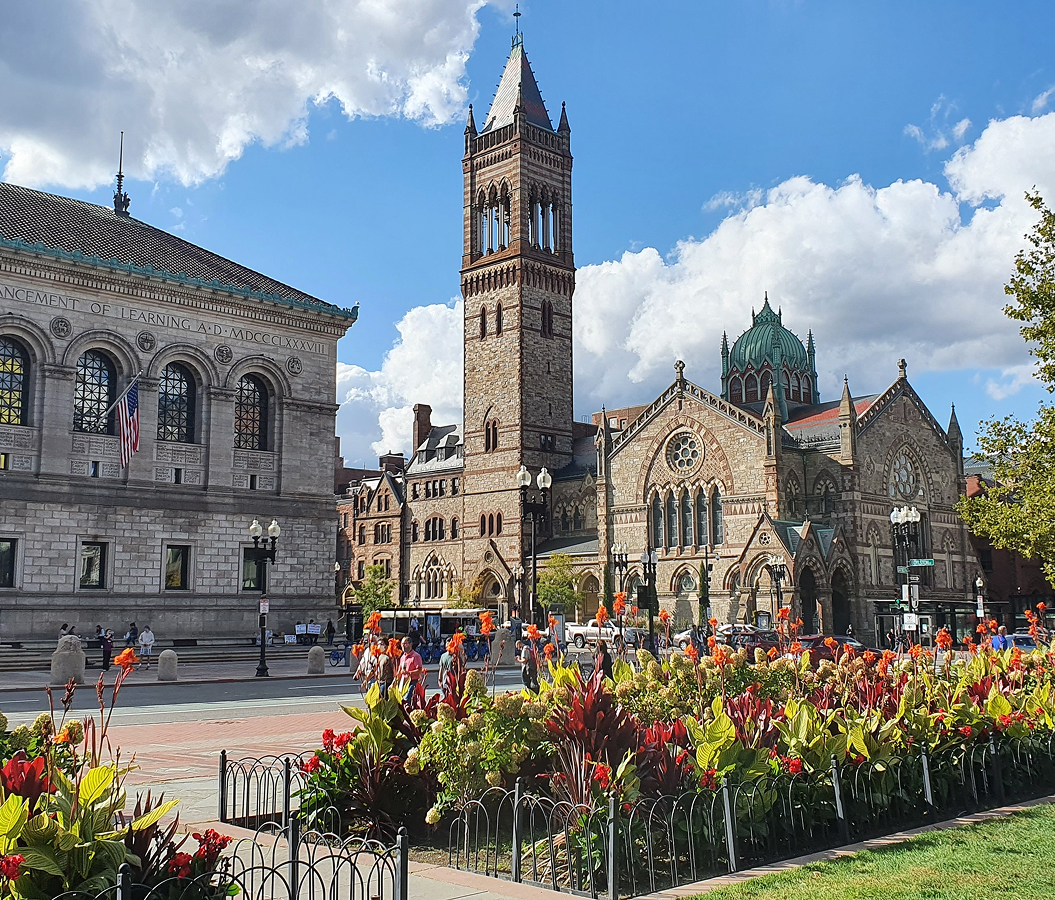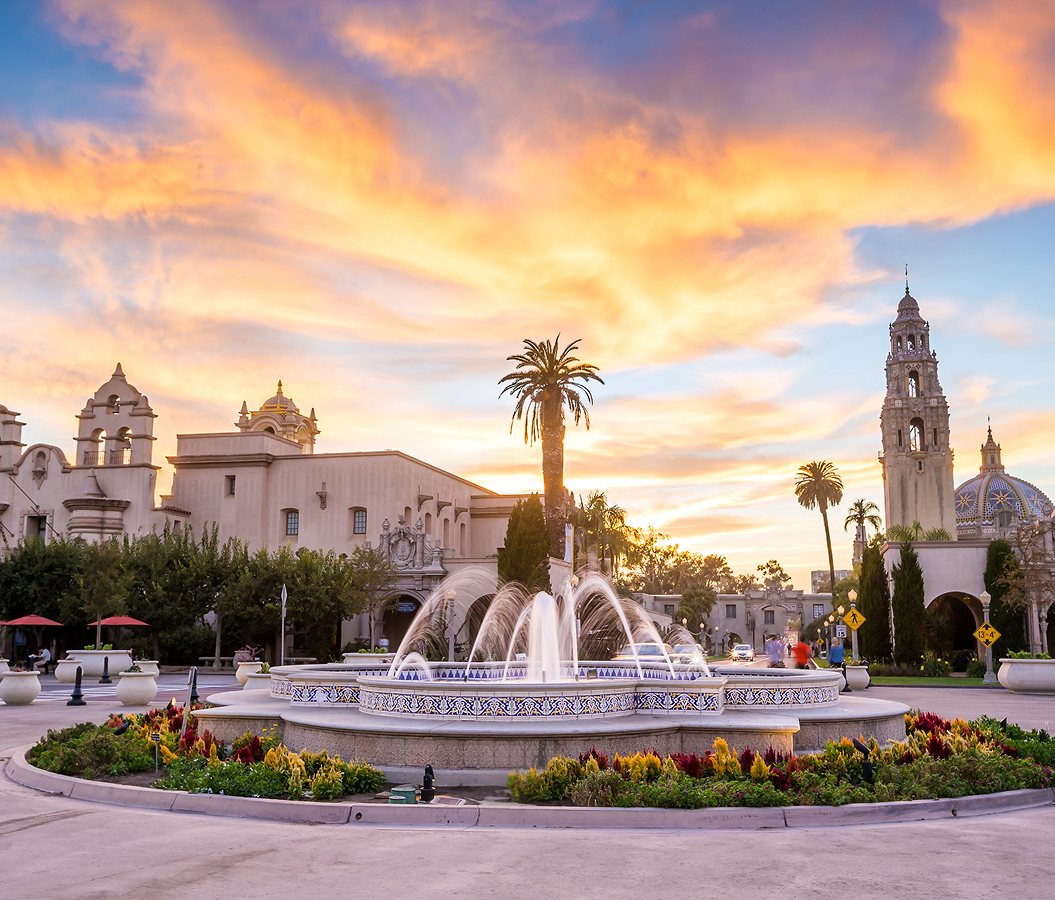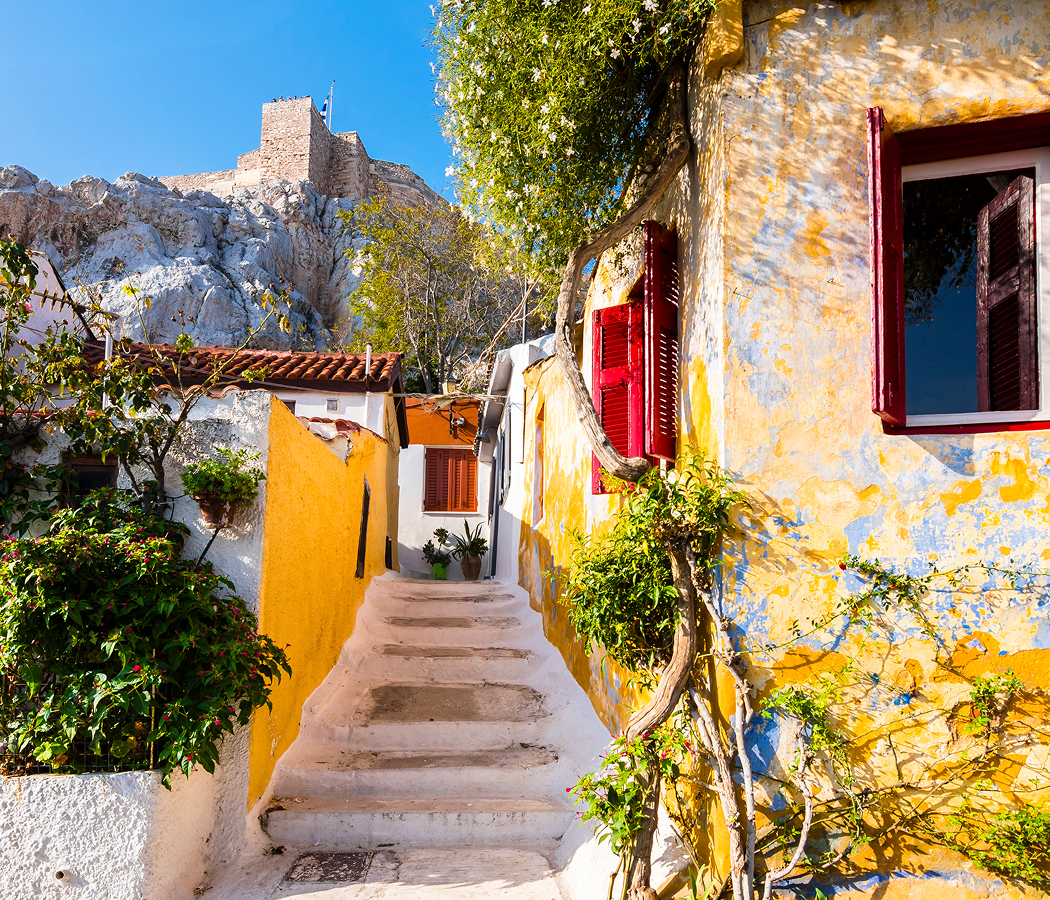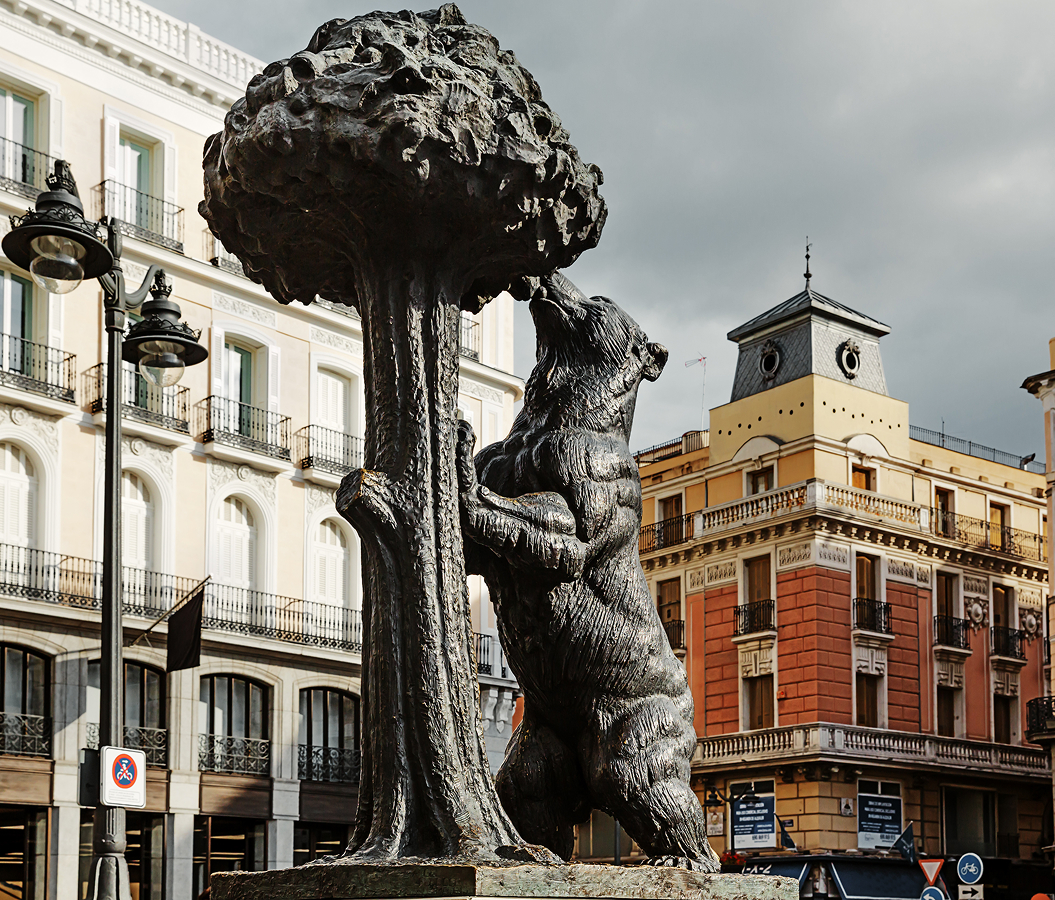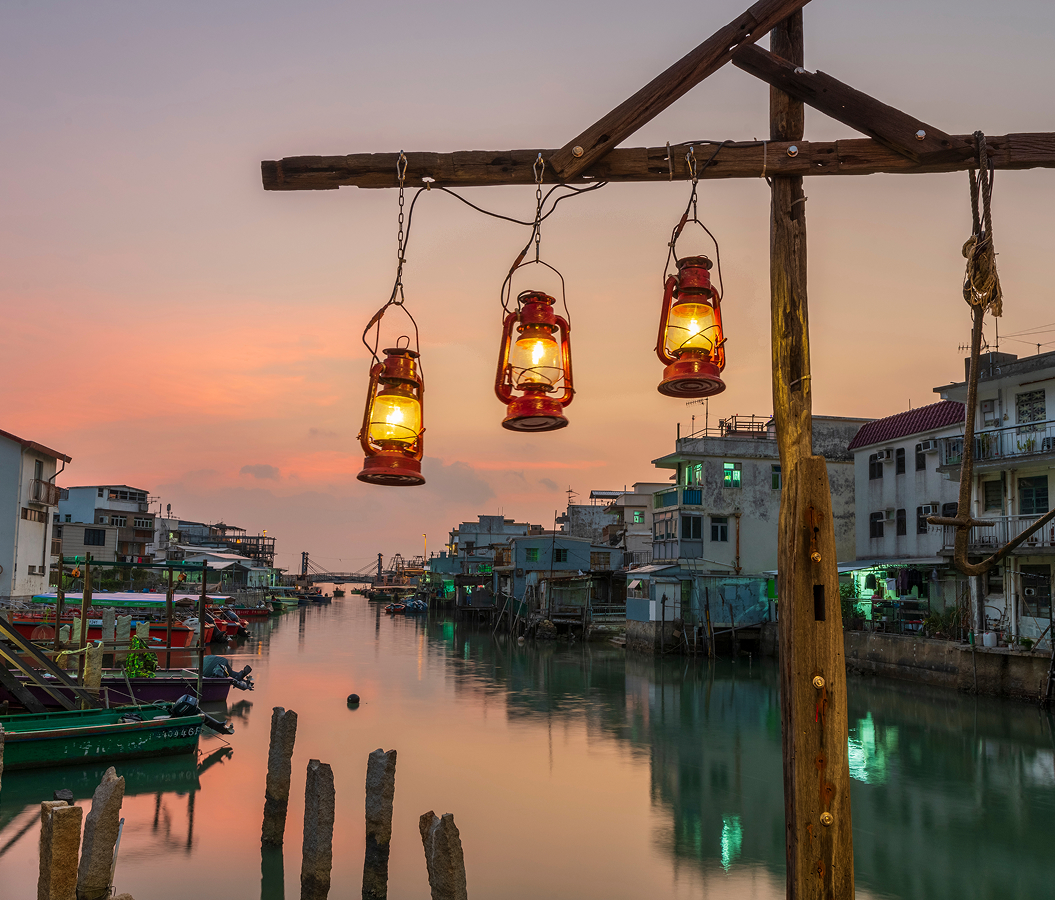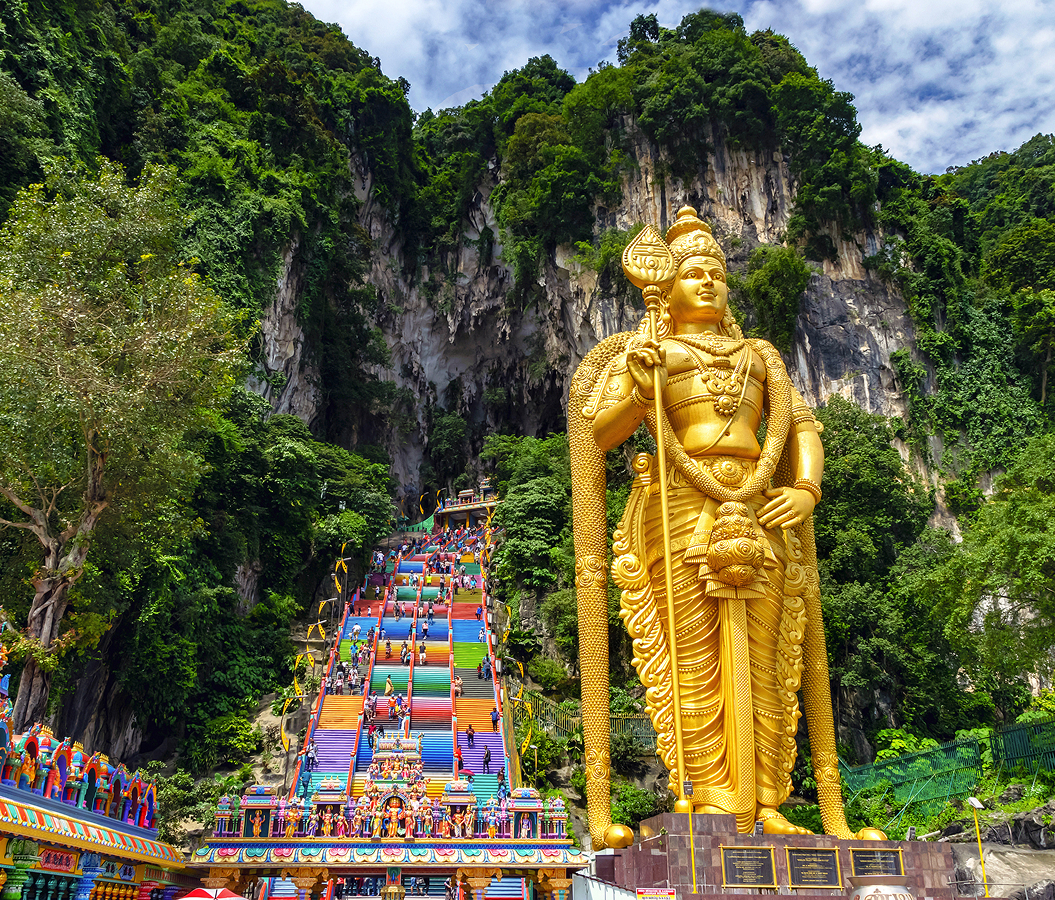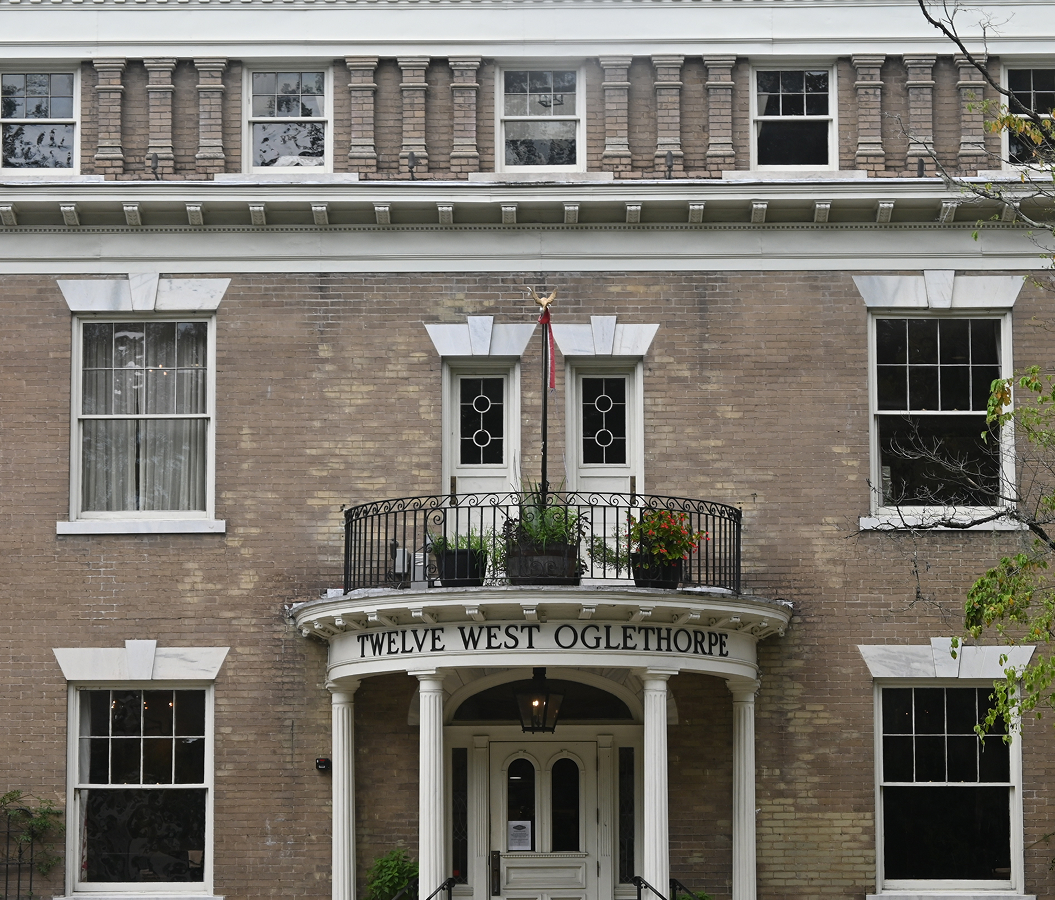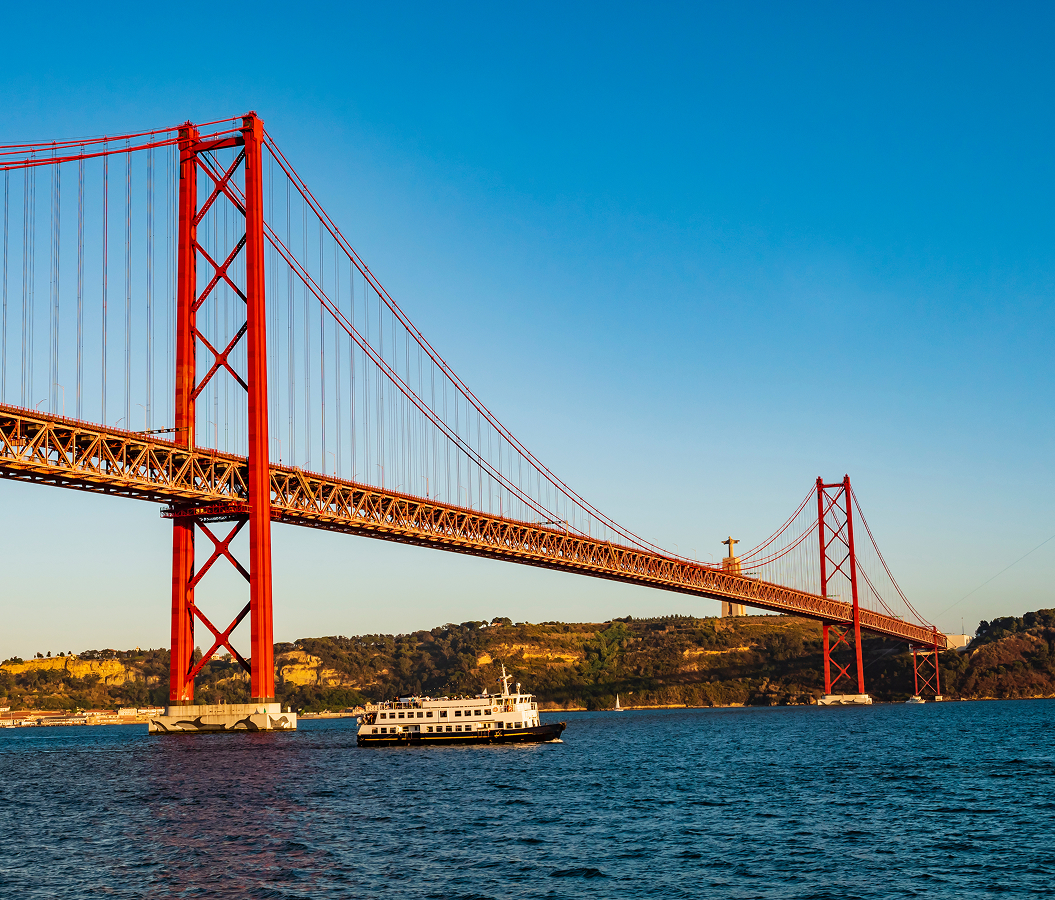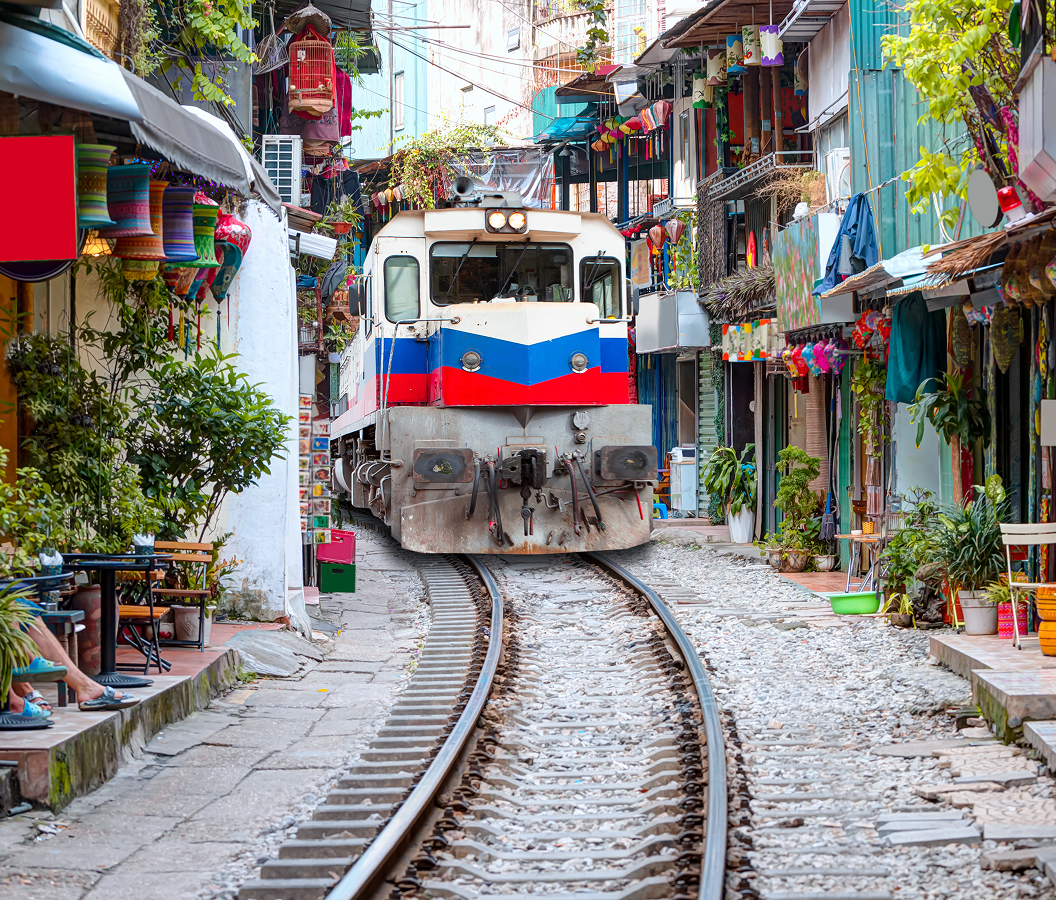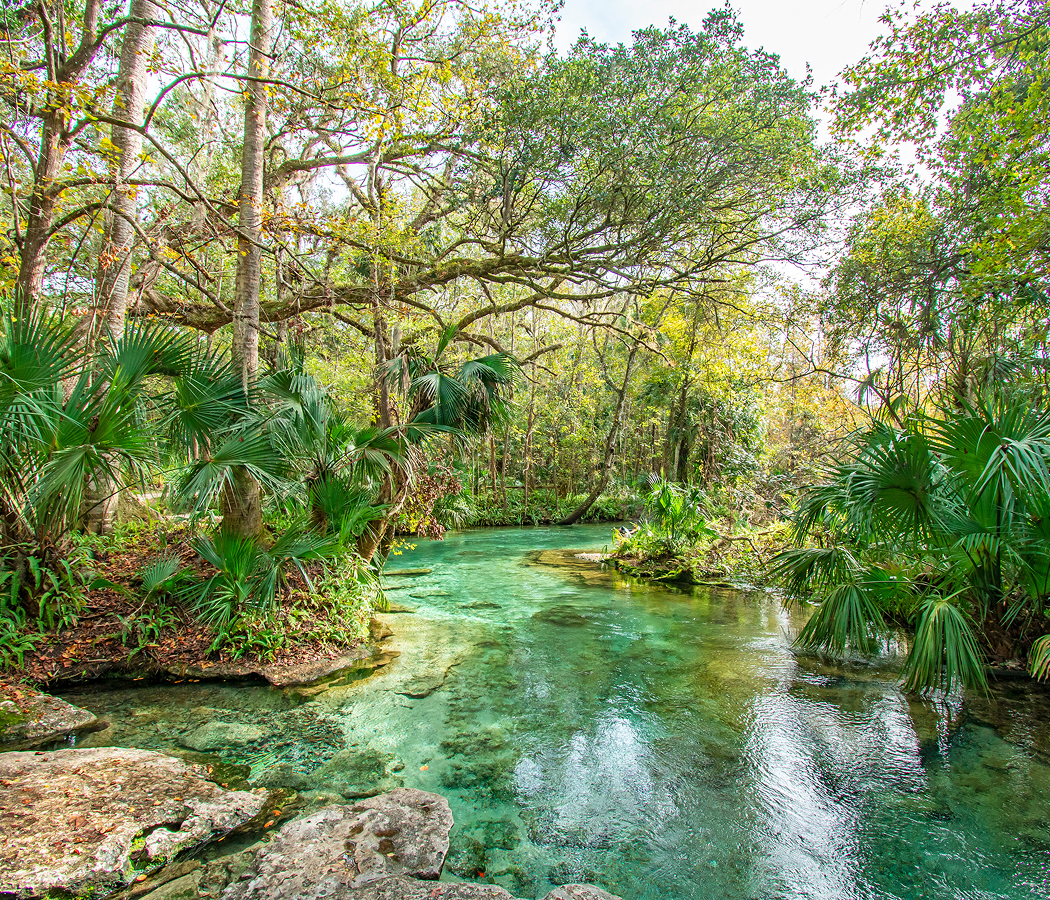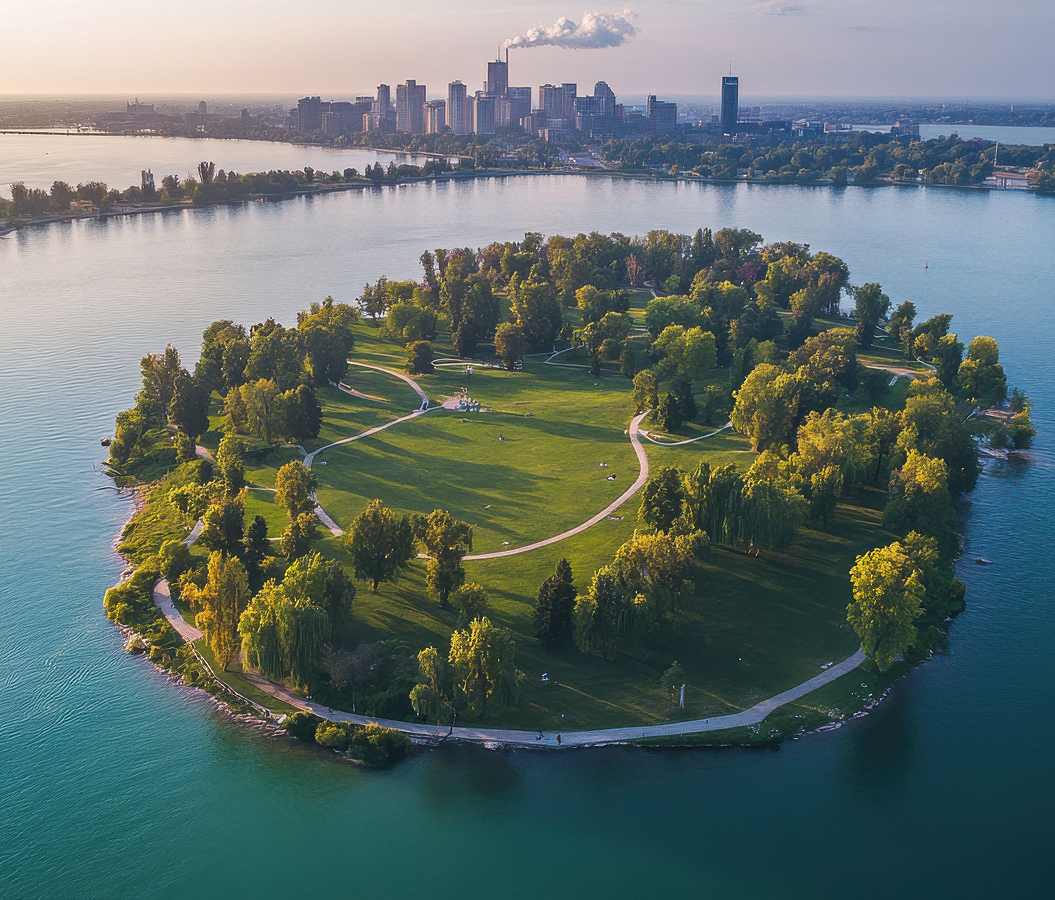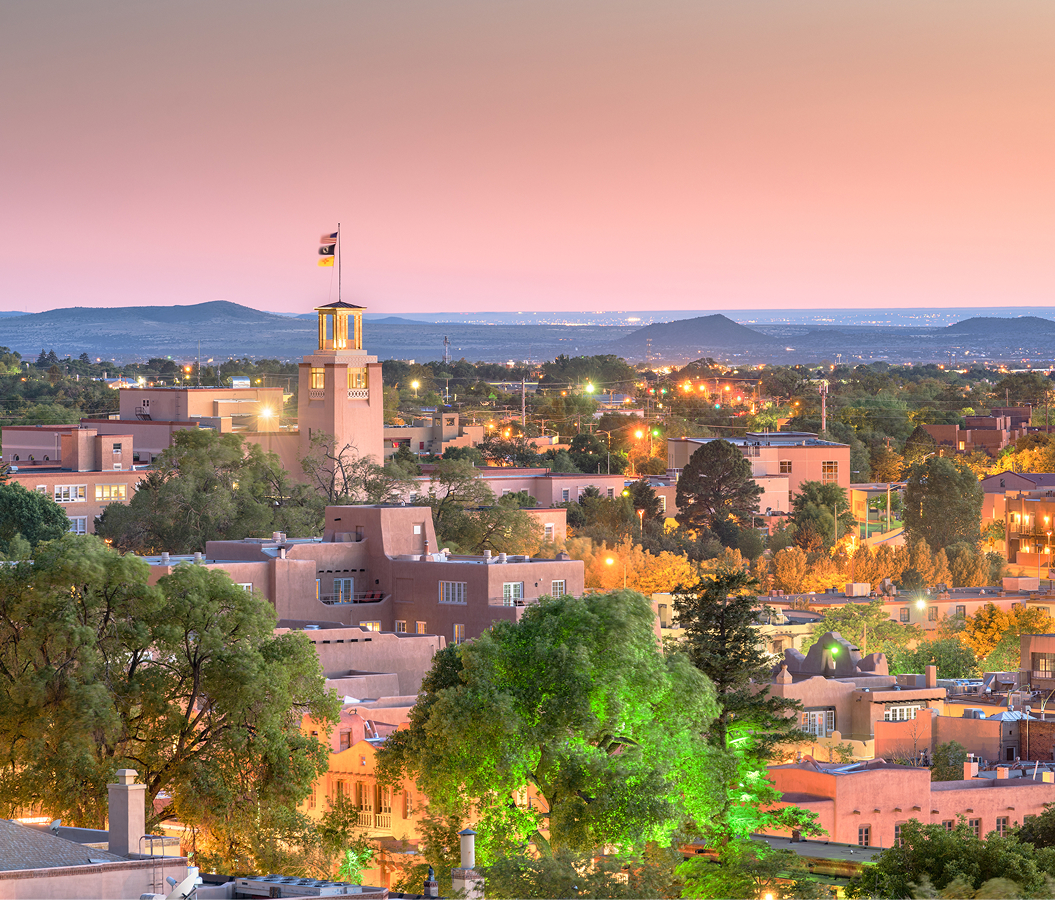
What you didn’t know about Santa Fe, New Mexico.
Santa Fe is one of the most historically layered cities in the United States, a crossroads of Pueblo traditions, Spanish colonial legacy, frontier history, and modern creative expression.
The city sits at 7,000 feet, making its light unusually clear and its colors extraordinarily vibrant, a phenomenon that helped inspire Georgia O’Keeffe and continues to draw artists worldwide. Its iconic adobe architecture isn’t just aesthetic; it comes from Indigenous building traditions using earth, clay, and straw, adapted over centuries to withstand both desert heat and cold mountain nights. Beneath Santa Fe lies a network of acequias, ancient irrigation channels still used to guide water through neighborhoods and gardens. The region’s food has deep roots too: blue corn grown for generations, green chile roasted in crackling batches each fall, and ingredients that reflect Pueblo, Mexican, and Spanish influence. The landscape around the city holds just as much wonder, volcanic fields, high desert mesas, ponderosa forests, and hot springs tucked into canyons. Santa Fe is a tapestry of history, geology, and culture woven tighter than most travelers realize.
Five fascinations about Santa Fe.
5. Santa Fe has the oldest church in the U.S.
San Miguel Chapel, built around 1610, claims to be the oldest church structure in the country. Though it’s been repaired over the years, the thick adobe walls and wooden vigas are original, a tangible link to the city’s Spanish colonial beginnings.
4. Its original street grid was designed for donkeys.
Santa Fe’s maze-like layout wasn’t just an artistic choice, it was built for slow-moving burros navigating tight alleys and winding paths. The quirky layout has survived centuries, giving the city its distinct, walkable charm.
3. The state capitol building is round, on purpose.
Unlike any other in the U.S., New Mexico’s capitol (nicknamed “The Roundhouse”) is circular and designed to resemble the Zia sun symbol, a sacred emblem to the Zia Pueblo. It’s more than architecture; it’s a nod to indigenous roots and cultural respect.
2. There’s a staircase here with no known architect.
The Loretto Chapel’s “Miraculous Staircase” is the stuff of legend. With no visible support, no nails, and a mysterious origin story tied to a mysterious carpenter, it’s captivated visitors and confounded engineers for decades.
1. Santa Fe is a UNESCO Creative City.
Recognized globally for its contributions to folk art, crafts, and design, Santa Fe was the first U.S. city designated a UNESCO Creative City. Between its markets, galleries, and festivals, creativity isn’t just encouraged, it’s celebrated on a global stage.
Where meaningful travel begins.
Start your journey with Foresyte, where the planning is part of the magic.
Discover the experiences that matter most.




